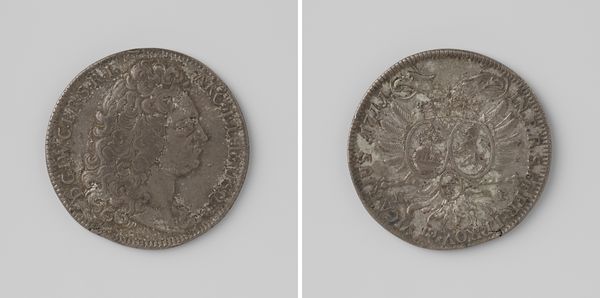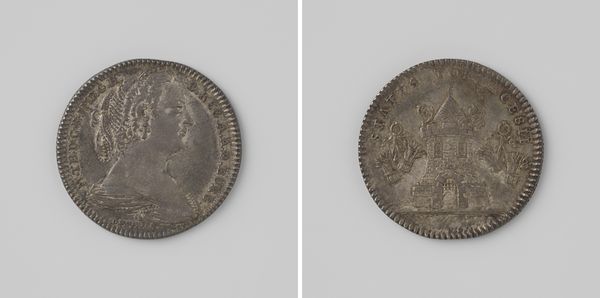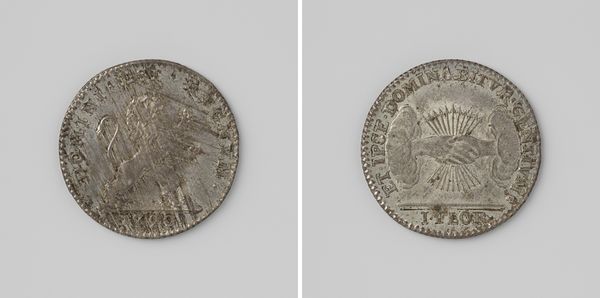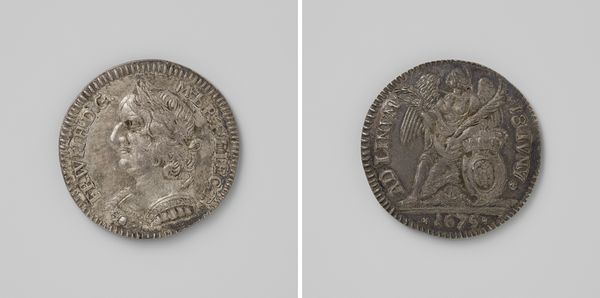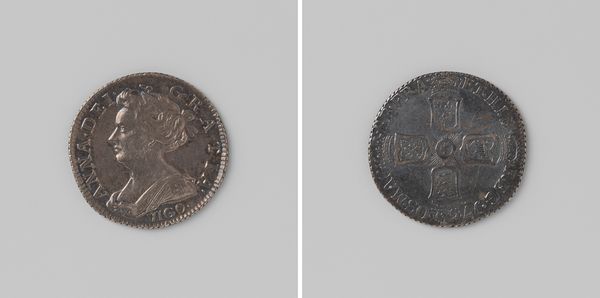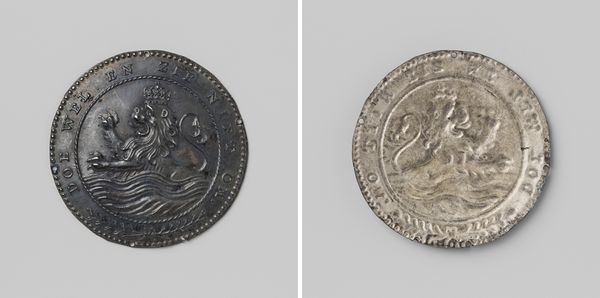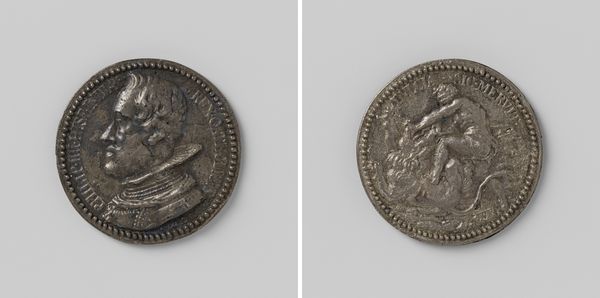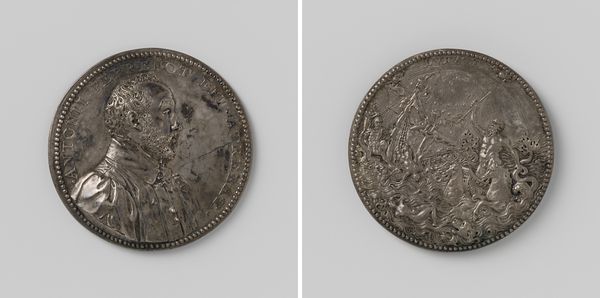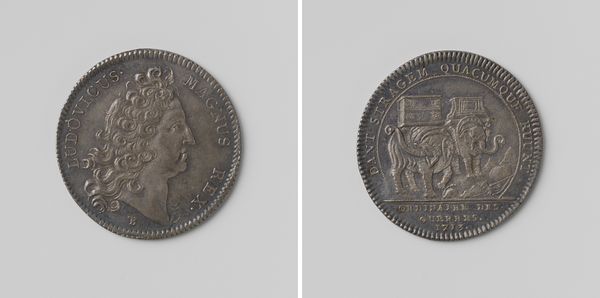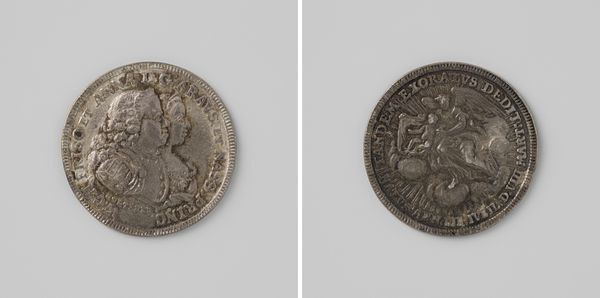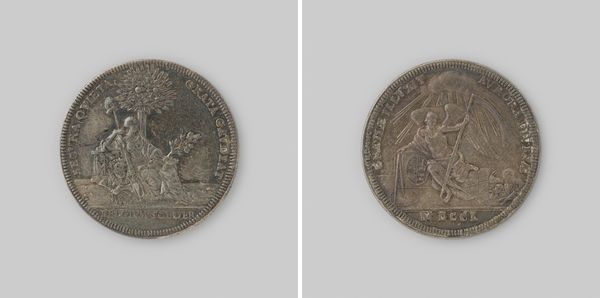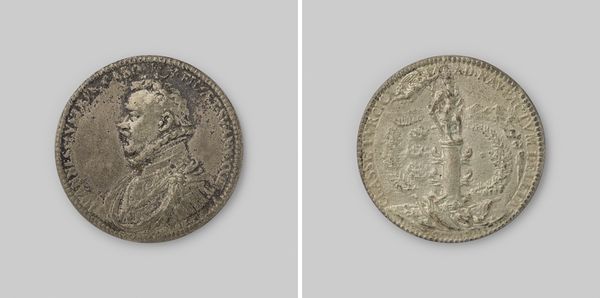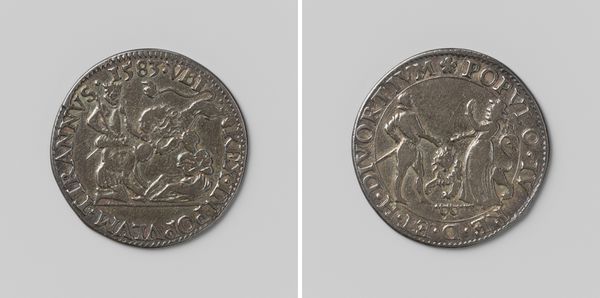
print, metal, engraving
#
portrait
#
baroque
# print
#
metal
#
engraving
Dimensions: diameter 3 cm, weight 5.76 gr
Copyright: Rijks Museum: Open Domain
Editor: This artwork is entitled "Inhuldiging van Maria Theresia als gravin van Brabant en Vlaanderen," dating back to 1744, created by Jacques (II) Roëttiers. It's a metal engraving, quite small. Given it's a coin, how might its production have served a political purpose at the time? Curator: That's a key question. Coins, like this one commemorating Maria Theresa's inauguration, served as potent propaganda tools. Their wide circulation meant they could disseminate a carefully crafted image and message to a broad audience. How does the imagery strike you? Does it convey any particular message about power or legitimacy? Editor: Well, seeing Maria Theresa's profile gives it an official, stately feel, and the other side… with what seems like an altar? That gives a sense of tradition, like it is based on old virtues or rites. Curator: Precisely! The altar signifies tradition and public duty, solidifying Maria Theresa’s connection to the existing social and political order. Consider how this coin participated in constructing her public persona at a time of political upheaval. In what ways do you think it bolstered her image as a legitimate ruler? Editor: I suppose it projected an image of stability and rightful succession, countering any potential challenges to her authority, while circulating everywhere in everyday society, even among people who are not traditionally concerned with such high matters. So art served as a way to shape public opinion in a time before modern media. I've never considered that about coins. Thanks. Curator: Indeed. Everyday objects can reveal much about power and society. Understanding their historical context allows us to see beyond their monetary value, as instruments of statecraft.
Comments
No comments
Be the first to comment and join the conversation on the ultimate creative platform.
